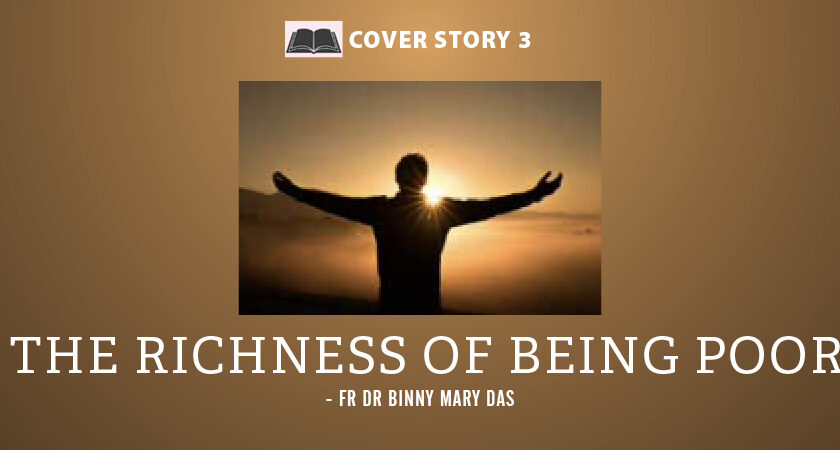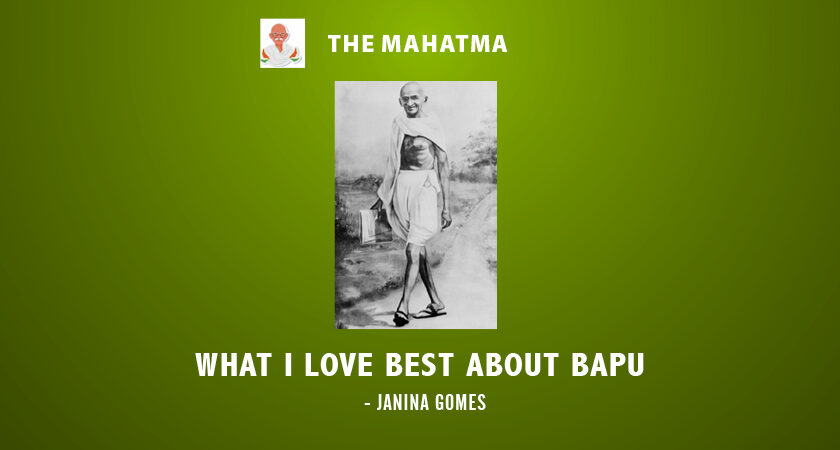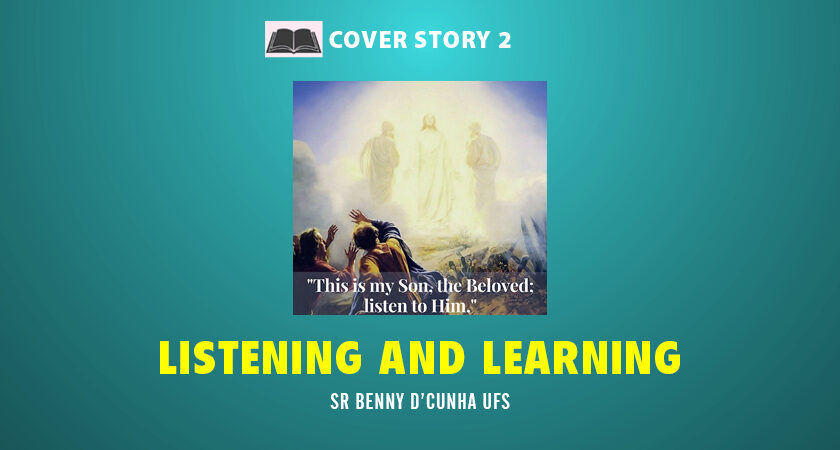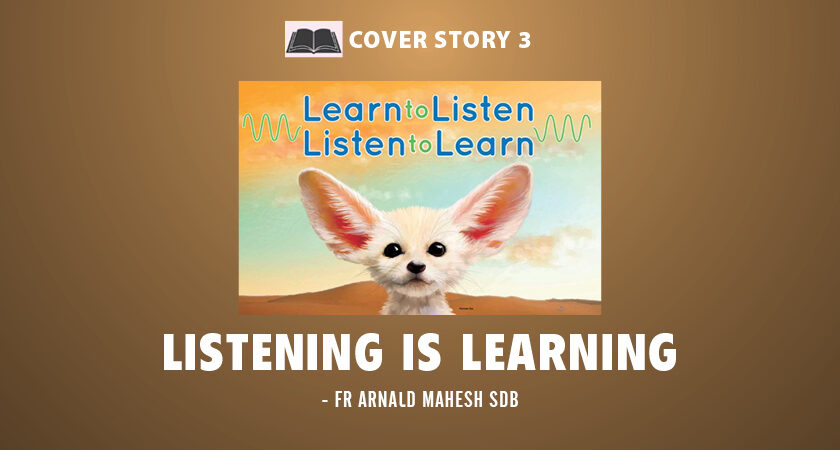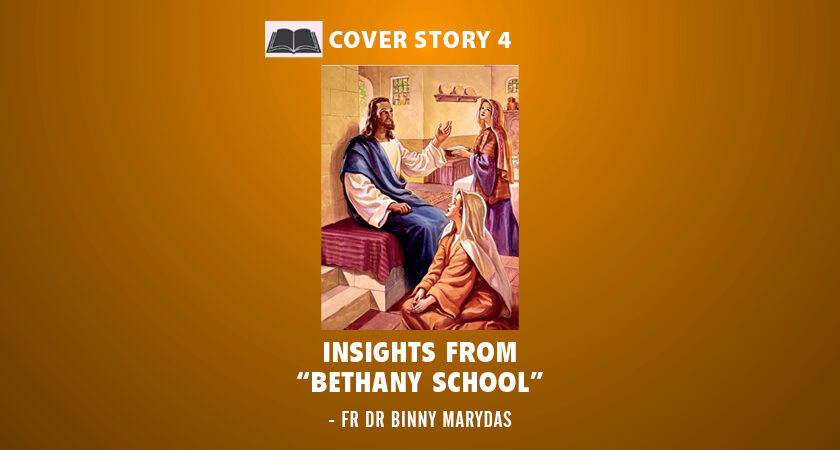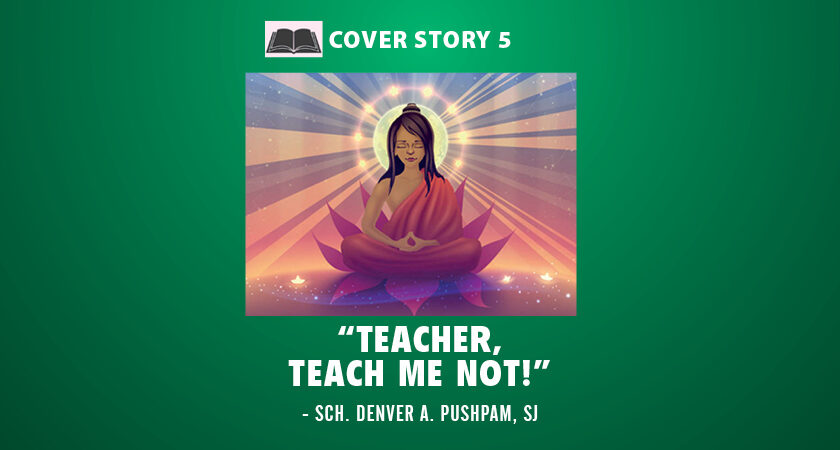The celebration of the feast of St Francis of Assisi on October 4th is relevant both to a person who likes to be deeply connected with the Divine and to a nation like India which claims to have a rich religious tradition. A life of simplicity, which emanated from embracing poverty, is one of the core teachings of St Francis. Since everyone needs to fall in love with the ‘poverty chosen’ (the poverty of spirit), and every religious community or nation needs to focus on the ‘poverty to be fought’ (unjust and imposed poverty), here we dwell on both these aspects. St Francis comments, “My dear and beloved Brother, the treasure of blessed poverty is so very precious and divine that we are not worthy to possess it in our vile bodies. For poverty is that heavenly virtue by which all earthly and transitory things are trodden under foot, and by which every obstacle is removed from the soul so that it may freely enter into union with the eternal Lord God.” In other words, God is in ‘online’ mode when our ‘inner system of being’ loves the ‘richness of the spirit of poverty’. Even though St Francis was born right into the lap of luxury, gradually he felt that there was something missing in his life. Therefore, slowly he moved away from the frivolity of mortal life and fun and joined the poor. History has witnessed a ‘spiritual revolution of detachment’ through the act of embracing poverty by St Francis. Embracing the spirit of poverty is the best way to be connected with the Divine and to initiate the steps to eradicate material poverty from the whole world, especially from our country.
Psychological Awakening
First and foremost, we are in need of a ‘psychological awakening’ to achieve the aforementioned two-fold goals – to embrace the spirit of poverty and to eradicate material poverty. Psychological awakening would mean to bring out and reframe some of our irrational beliefs in the unconscious mind regarding the phenomenon of poverty. Do we need to be ashamed of the poor people amidst us? Do we need to condemn material poverty? Unfortunately, the frames in our unconscious mind related to poverty are ugly! For a poor person, survival is a hard nut to crack. It is true that the poor people have scarcity of water to take daily bath, no nutritious food to look gorgeous, no chance to stay in a clean apartment with security measures, no money to buy suitable clothes according to the latest fashion trends or no money to splurge on shampoo, conditioners or skin creams. As a result, they can’t compete in looks with people who are well fed and well taken care of. Sometimes, even rich people hesitate to visit a slum, a squalid and overcrowded urban street or district inhabited by very poor people, due to its pathetic conditions. Recently, a ‘covering up of the poor’ tendency is surging in our country, for, some feel that the looks or the smell of the poor is not up to the standards of the rich in the country. Vasant Vihar is a diplomatic and residential sub-division of the South West Delhi in National Capital Territory of Delhi. There is a slum in the heart of Vasanth Vihar, just a stone’s throw away from huge buildings. Recently, when Delhi hosted the G20 summit, the slum was covered with green netting on scaffolding. The Coolie Camp fell on the travel route of the G20 leaders. It is reported by many media personnel that those green curtains were part of the beautification project of the central government ahead of the G20 summit in September 2023. The poor or the poverty scene was covered with a green veil, upon which the posters of G20 and national leaders were hung. ‘Denial’ of the existence of the poor is a kind of defense mechanism. Something is true, yet the person continues to deny its existence or truth because it is too uncomfortable to face. ‘Denial strategy’ keeps us away from addressing a problem or making the needed change. To eradicate poverty, we need to ‘reframe the ugly frame of the poor in the unconscious’ into a ‘beautiful frame.’ Acceptance of a reality is the beginning of a positive change. Let us accept the ‘beautiful poverty’, which many ‘gurus’ accept voluntarily, with the conscious and unconscious mind.
Fr Dr Binny Mary Das
To read the entire article, click Subscribe
